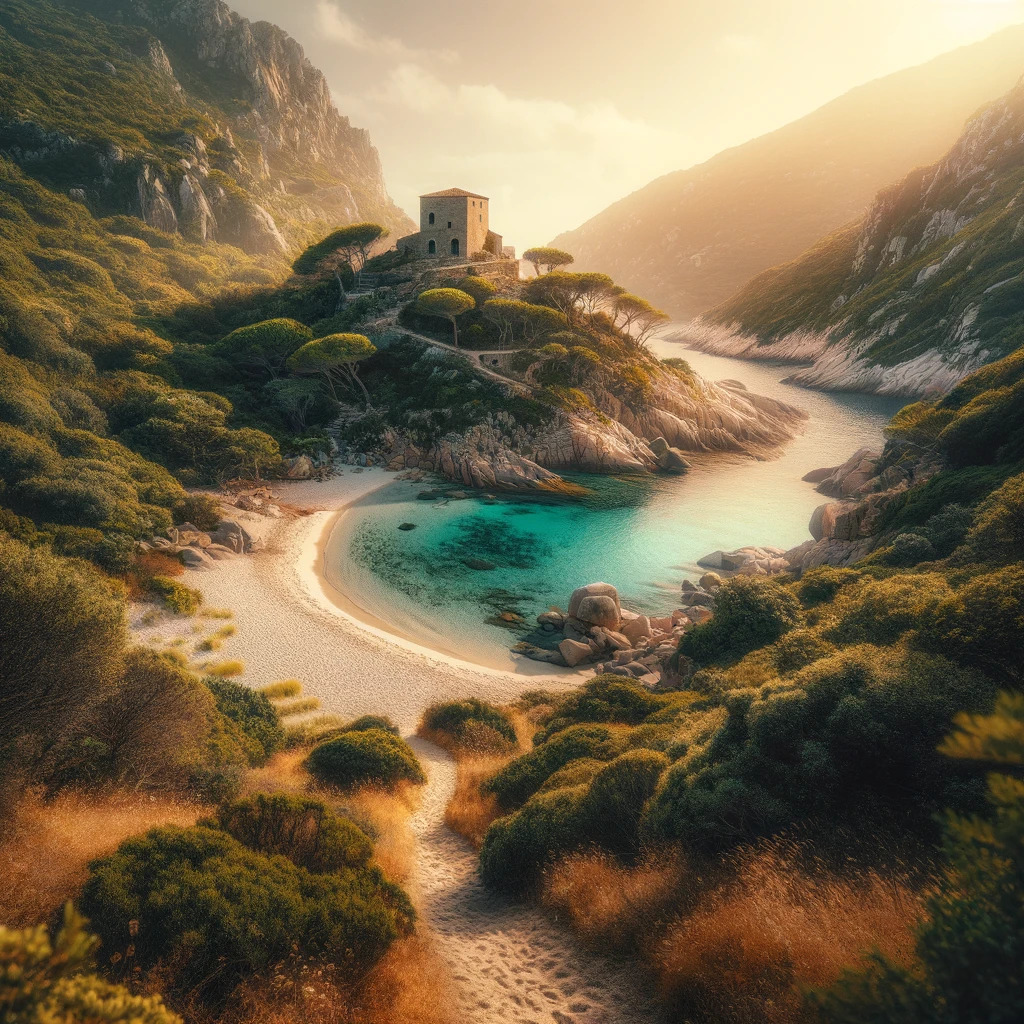
Transform Your Space with Wall Panels: A Comprehensive Guide
Wall panels are a flexible, useful, and fashionable addition to any interior; they are not only ornamental components. Wall panels may completely transform your area, whether you’re remodeling your bathroom, adding a home office, or updating your living room.
Exploring Wall Panels: What Makes Them Stand Out?
Wall panels are prefabricated materials that are used to cover walls and provide a balance between practicality and style. From soundproofing and insulation to giving your rooms texture and personality, they can handle a variety of tasks. Wall panels are now a common alternative for contemporary home and office designs, coming in wood, PVC, foam, and metal varieties. You might want to explore
for more ideas on moisture-resistant paneling options.
Popular Types of Wall Panels and Their Unique Features
Wooden Wall Panels: Timeless Elegance
Wooden panels give every space a sense of coziness and refinement. They come in a variety of finishes and are popular for designing warm, organic spaces.
- Advantages:
- Durable and long-lasting with proper care.
- Adds natural texture and visual depth.
- Best Use: Living rooms, bedrooms, and spaces that prioritize ambiance.
PVC Wall Panels: Durable and Practical
PVC panels are renowned for being inexpensive, resistant to moisture, and simple to maintain. These multipurpose panels are lightweight and resemble stone or wood textures.
- Advantages:
- Resistant to water and stains.
- Available in a wide variety of designs.
- Best Use: Kitchens, bathrooms, and high-humidity areas.
Acoustic Foam Panels: Function Meets Form
Acoustic foam panels are crucial for areas that require soundproofing because they prioritize sound absorption.
- Advantages:
- Enhances acoustics and reduces echo.
- Lightweight and easy to install.
- Best Use: Studios, home theaters, and gaming rooms.
Metal Wall Panels: Industrial Chic
Metal panels are perfect for industrial or modern settings because they combine stiffness with a sleek, contemporary appearance. If you’re interested in creative wall designs, check out
.
- Advantages:
- Highly durable and resistant to damage.
- Adds a bold, edgy look.
- Best Use: Commercial spaces and modern homes.
Why Choose Wall Panels? Key Benefits to Consider
Wall panels are not just about aesthetics; they offer numerous practical advantages.
- Improved Insulation: Certain materials provide excellent thermal and sound insulation, creating a more comfortable environment.
- Low Maintenance: Many wall panels, like PVC, are easy to clean and maintain.
- Versatility: With options ranging from textured wood to sleek metal, wall panels can complement any design style.
Quick Benefits Summary
- Durability: Stands up to wear and tear in busy households.
- Installation Ease: Many panels are designed for quick and straightforward installation.
- Eco-Friendly Options: Some wooden panels use sustainably sourced materials.
How to Select the Perfect Wall Panels for Your Space
Budget, function, and style must all be balanced when selecting wall panels. Here are some tips for choosing wisely:
- Define Your Needs: Are you looking for moisture resistance, soundproofing, or a specific aesthetic?
- Set Your Budget: PVC panels are cost-effective, while wooden or metal panels might require a larger investment.
- Match Your Style: Consider the existing decor and how the panels will complement the space.
Key Questions to Ask Before Buying
- What’s the primary function of the panel (decorative, insulating, etc.)?
- Will the material withstand the room’s conditions (humidity, temperature)?
- How much maintenance does the material require?
Stylish Ideas for Using Wall Panels in Your Home
Wall panels can elevate every room in your home. Learn about combining textures like wood and metal at
:
- Living Rooms: Make a focal point by using textured wood to create an accent wall.
- Bedrooms: For a soothing atmosphere, use panels with gentle tones.
- Home Offices: Use felt or foam panels to improve the acoustics and aesthetics.
- Bathrooms: opt for PVC panels to achieve a sleek, water-resistant finish.
Creative Design Tips
- Combine different textures (e.g., wood and metal) for a unique look.
- Use vertical panels to make ceilings appear higher.
- Experiment with bold colors or patterns to add personality.
Frequently Asked Questions (FAQ) About Wall Panels
1. Are wall panels easy to install?
Indeed, a lot of wall panels, particularly those made of PVC and foam, are made to be installed yourself. But materials like metal or wood may need expert assistance.
2. Can wall panels improve sound insulation?
Of course. Acoustic foam and felt panels are perfect for home theaters and workplaces since they are specifically made to improve soundproofing.
3. Are wall panels eco-friendly?
Some wall panels are eco-friendly, especially those composed of recycled materials or wood from sustainable sources. For further information, see the product specs.
4. Do wall panels work in humid areas?
Yes, because of their resistance to moisture, PVC panels are especially well-suited for kitchens and bathrooms.
5. How do I maintain wall panels?
Each material requires different maintenance. Wood panels may require occasional polishing or sealing, but PVC and foam panels require little maintenance.
